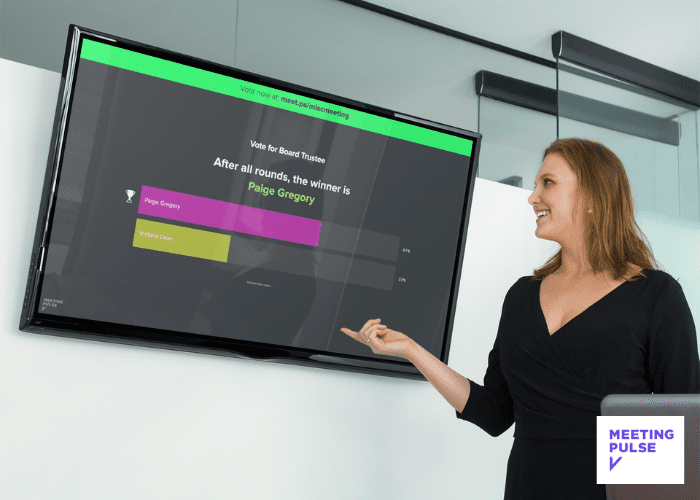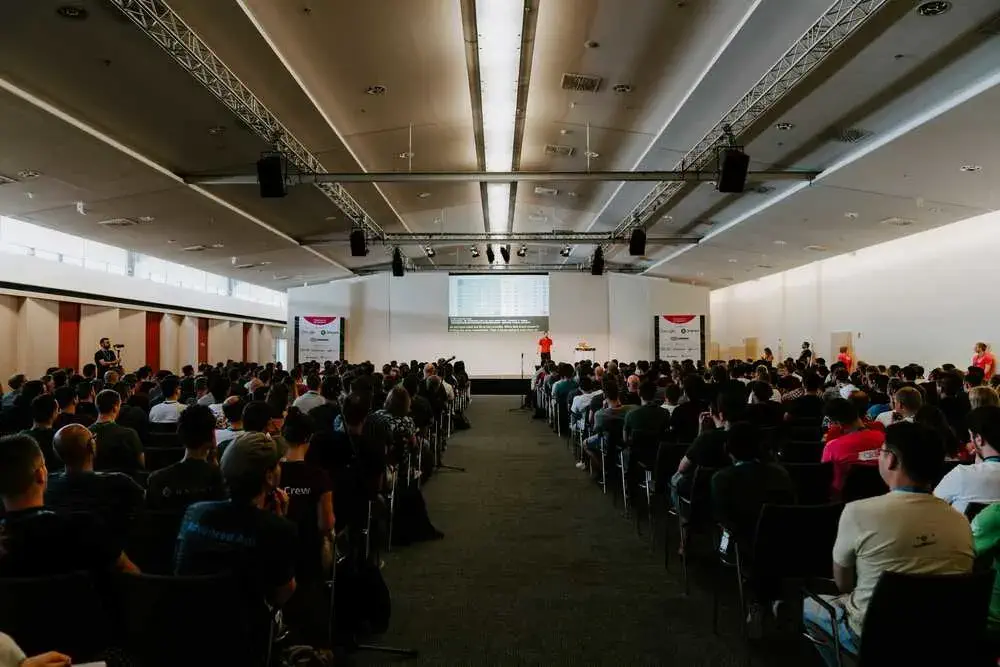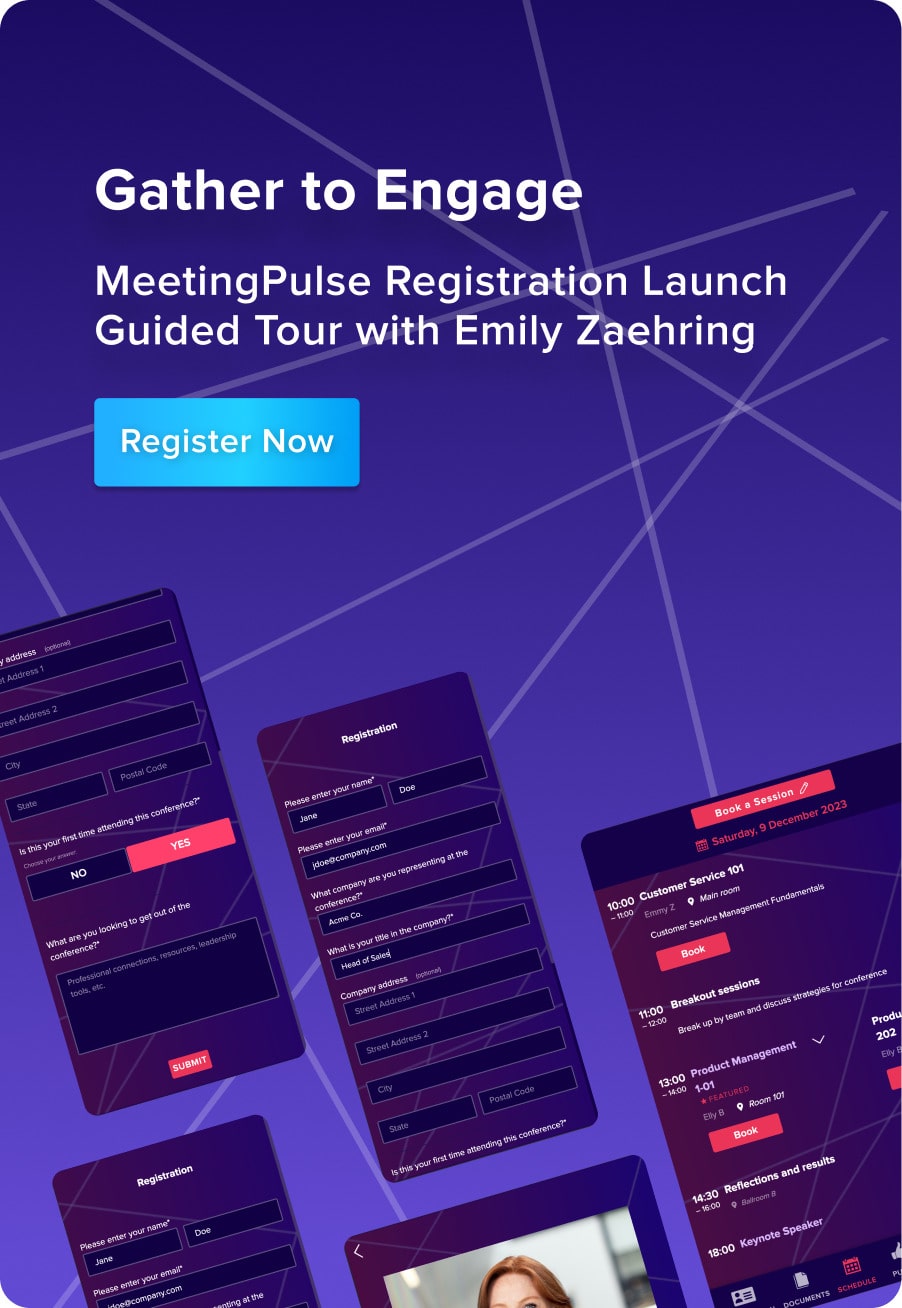Anyone who hosts meetings or events knows that bored attendees results in minimal audience participation. And, honestly, what could be worse than speaking to a room full of folks who aren’t engaging with what you’ve got to say? Audience participation is a do-or-die part of a presentation. For any gathering to be truly successful, you have to raise their level of participation and stir up their energy throughout the event.
The good news is that increasing audience engagement isn’t as hard as it seems. In this article, we’ll discuss ways to encourage audience participation, which will make any occasion more valuable to each audience member and everyone else who has a stake in the event.
Why is audience participation important?
The audience in any event wants the presenter to succeed. In fact, they are counting on it. But it’s on you to grab their attention — and hold it — before they start checking emails or scrolling on social media. Point blank, higher audience participation is a great indicator of your ability to connect with your entire audience.
An engaged audience is one that experiences heightened learning, has a general feeling of being valued, and leaves feeling more satisfied. If they’ve really enjoyed their time with you, they’re more likely to come back for your next event, and the good vibes cycle continues. They’re more likely to tell others about what they learned or share positive posts about it on social media. And that is much better than an attendee posting about how bad your event was. Those posts certainly will help you to better understand what resonates with an audience, but there are more proactive ways to do it by using audience participation tools.
How do you get audience participation?
Can it be daunting to stand in front of a group? Sure, but it doesn’t have to be. Meeting organizers can enlist powerful digital tools for audience participation as backup. If you’re wondering how to draw your audience members in, here are 10 ways to boost audience participation.
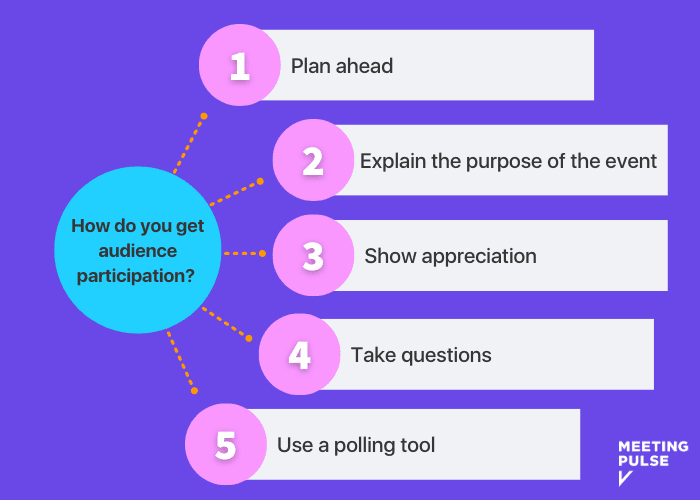
Plan ahead
You might be tempted to go in there and wing it. One word: don’t. A great meeting takes thoughtful planning. That said, think about the goal for your meeting and what kind of responses you’d like to get from your audience members. Do you want feedback? Help with generating ideas? Then plan what you’ll say and do accordingly.
While it’s necessary to think about what you want your audience’s response to be, also spend some time thinking about what you can do if their responses are different from your expectations. Have some backup talking points or think about different directions the conversation can go while still remaining focused and valuable to everyone in the room.
Start with something easy and interactive
Everyone needs a little warmup to get into the swing of things. Starting off light can help your audience relax and get ready to have fun while getting to know each other. Including a fun icebreaker can help set the table for raising awareness and the energy level of your audience right out the gate.
Looking for the perfect icebreaker? MeetingPulse has some great ones for all kinds of gatherings and group sizes. The company offers a dozen web-based modules that allow people who lead meetings and events to maximize participation, engagement, and comprehension. Another benefit of the icebreaker is that it provides a no-risk way for people to get comfortable with responding on their electronic devices.
Explain the purpose of the event
So you have jumped into the meeting with energy and loosened things up with an ice-breaker. Now what? Spend a few minutes outlining why you’ve brought everyone together and the benefits for participants who engage and participate. Give them an overview of what you’re going to talk about so your audience understands what the focus points will be. You can even set aside a brief moment to answer questions to help them understand what’s coming and ease into your presentation.
Use inclusive framing
Whether you are describing the overall event, leading a particular segment or considering an interaction within a segment, use inclusive language and framing. Here’s one example: As you begin a brainstorming session for ideas on a new project, let people know that the goal is to learn, not to see who gets the “right answer” or the “best ideas.” Then give your audience the information and tools they need ahead of time to participate fully. You will get better answers, and more of them, and the audience will be more comfortable.
When you ask the audience questions, frame them as open-ended and inclusive. For example, don’t ask about the “best” experience they’ve had working with a laptop made by a particular manufacturer. Ask about good experiences they’ve had with laptops. That welcomes more people into the discussion.
These are ways of establishing psychological safety for your audience.
Creating a safer environment means listening to others’ ideas in a respectful manner and avoiding the use of any dismissive language that can embarrass participants. An empowered team turns out stronger work.
Take questions
Stopping to take questions from your audience is a great way to heighten audience attention. Certain tools, like those of MeetingPulse, let audience members ask questions in a variety of ways.
MeetingPulse’s live Q&A tool is a powerful way to crowdsource the genius of people. It allows for more inclusivity while giving participants time to dream up questions in advance. As an organizer, you can moderate submitted questions for quality control, use workflow features to preserve and answer questions, let people vote on which questions are most important, and get reports on all of it. It also gives participants anonymity, which boosts psychological safety and, in turn, produces better questions.
Use a polling tool
You can use polling tools to reach a deeper understanding of your audience. Some platforms promote audience participation through live polling, sentiment analysis, quizzes and other interactive tools.
MeetingPulse offers several such tools that also automatically create detailed reports of what happened during your meeting. You gain the benefit of audience participation software plus data that can be analyzed later.
Appeal to the nature of the audience
Think about the people who will make up your audience. Will you be speaking to a room of executives or a group of newbies diving into complex material? Then frame your content appropriately, and consider what might encourage them to engage. Would they respond to a competitive challenge or be motivated by swag or recognition?
Here’s an example: Let’s say you’re going to quiz your audience with some multiple-choice questions. You could offer up a piece of candy for each correct response to encourage audience members to play along. Consider, though, that this might not work well with that roomful of executives.
Allow time
Not every question you ask the room will need a verbal response, and you should use language to make it clear when you are expecting audience answers. Phrases like “who here” or “can anyone here” will let your audience know you’re seeking a response.
Most importantly, when someone speaks up, give them time to talk. Cutting them off will keep them from speaking up later. Even if you ask a rhetorical question, be sure to pause and give the audience a moment to reflect. Doing so will allow them to process what you’re saying and help them develop better responses down the road.
Make your meeting an interactive experience
What better way to boost engagement by adding an interactive element? Your audience doesn’t necessarily have to get up and move around a room to interact, but you can certainly plan an activity that asks them to do so if it aligns with your event.
You can make virtual meetings interactive, too, with some thoughtful planning. For example, let’s say your meeting is about a specific product your organization offers and you’d like to brainstorm ways to better the functionality of said product. Send the product to your participants ahead of time and ask them to bring it to the meeting with them so they can experiment together even though they’re working from different locations.
Show appreciation
Use verbal and physical responses to show your audience members that you value their contributions. A simple “thank you” or “great idea” paired with a smile or a high five can go a long way. Asking follow-up questions to your audience is another way to get them to engage with one another and crowdsource ideas.
Increase Audience Participation
Creating a more inclusive and engaging event or meeting environment takes some planning, but it can make a drastic difference in the overall success of your gathering. With MeetingPulse’s tools and service, you can take your meetings to new heights and empower your teams to think bigger.
